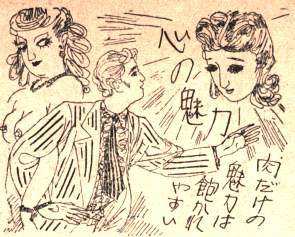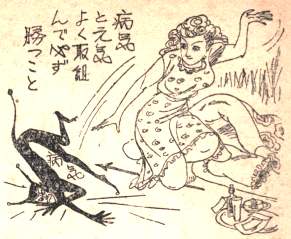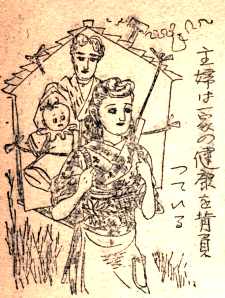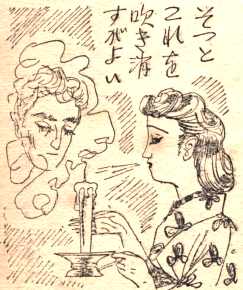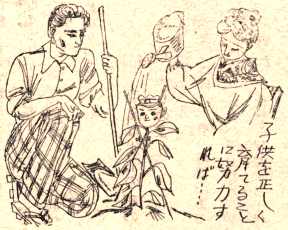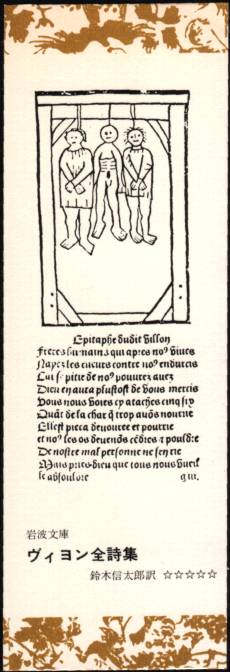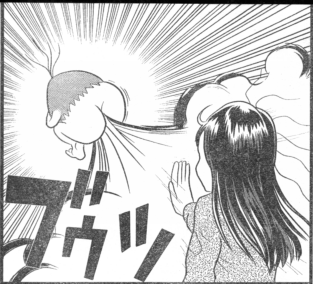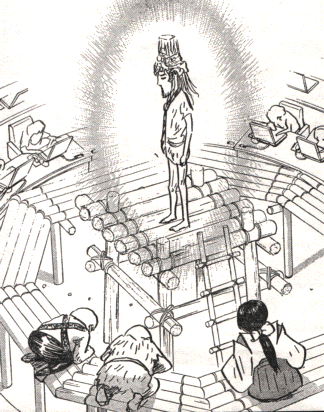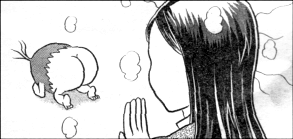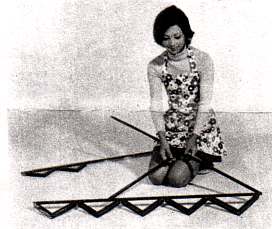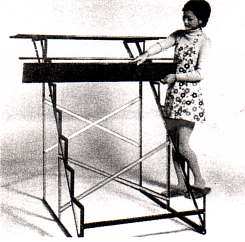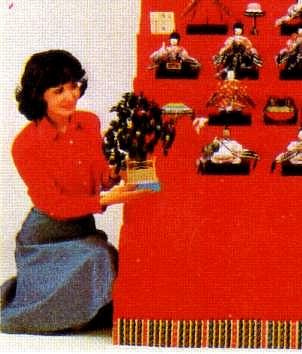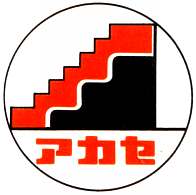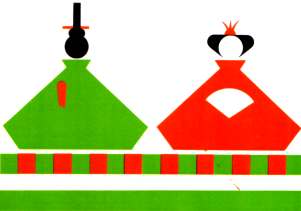Ending in tears
You know how when your printer gets a paper jam, and you open the cover to remove the jammed paper, and you start to pull the paper out but it tears in your hand, leaving you holding a scrap of the edge while the rest remains wedged between the rollers?
I learned recently that the Japanese word for this is nakiwakare (泣き別れ). It literally translates as "parting ways [while] weeping" and is attested as far back as the Manyōshū. (The paper jam-related usage is not the first hyperbolic-metaphorical one, obviously.)
(On strict pseudoscientific linguistic principles, I should use this lexical oddity as an excuse to make up something about how the unique Japanese aesthetic sensibility finds beauty in sadness, and draw a related analogy between the fleeting glory of the cherry blossoms and the ink cartridge business in general. But I couldn't find a classical citation for "toner smears of the heart".)
![[No-sword]](http://no-sword.jp/images/site/no-sword_banner.jpg)
